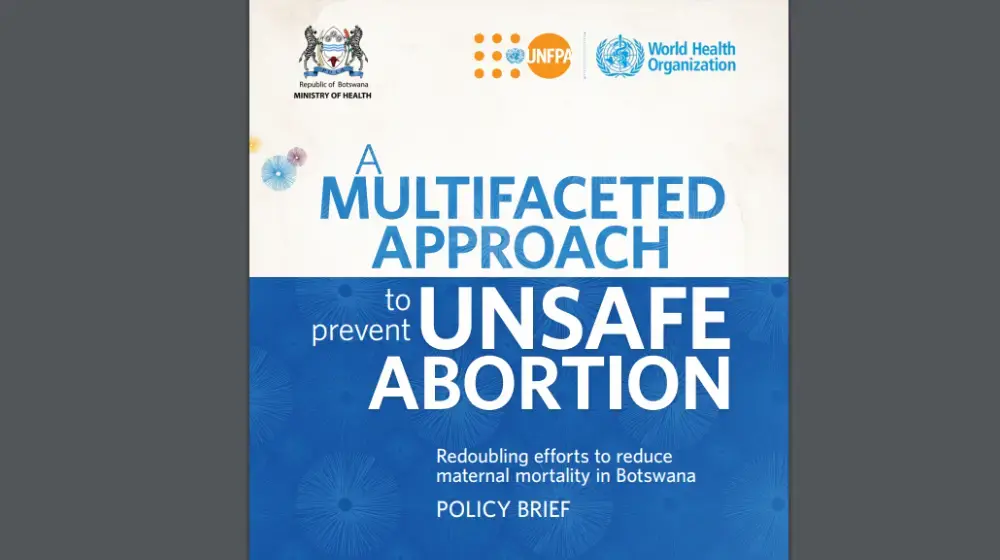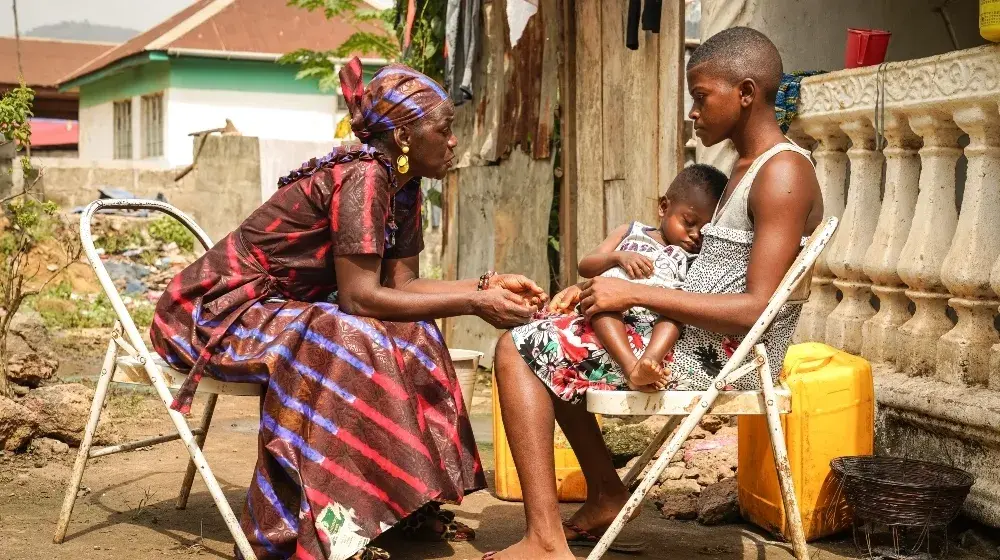1. Meet all commitments and obligations to human rights agreed in international treaties and conventions.
2. Tear down barriers—whether discriminatory laws, norms or service gaps—that prevent adolescent girls and young women from accessing sexual and reproductive health information and services.
3. Reach the poorest women with essential, life-saving antenatal and maternal health care.
4. Meet all unmet need for family planning, prioritizing women in the poorest 40 per cent of households.
5. Provide a universal social protection floor, offering basic income security and covering essential services, including maternity-related benefits and support.
6. Bolster services such as childcare to enable women to enter or remain in the paid labour force.
7. Adopt progressive policies aimed at accelerated income growth among the poorest 40 per cent, including through stepped-up human capital investments in girls and women.
8. Eliminate economic, social and geographic obstacles to girls’ access to secondary and higher education, and to their enrolment in courses in science, technology, engineering and mathematics.
9. Accelerate the transition from informal jobs to formal, decent work, focusing first on sectors with large concentrations of poor, female workers, and unblock women’s access to credit and property ownership.
10. Work towards measuring all dimensions of inequality and how they influence each other, and strengthen links between data and public policy.





